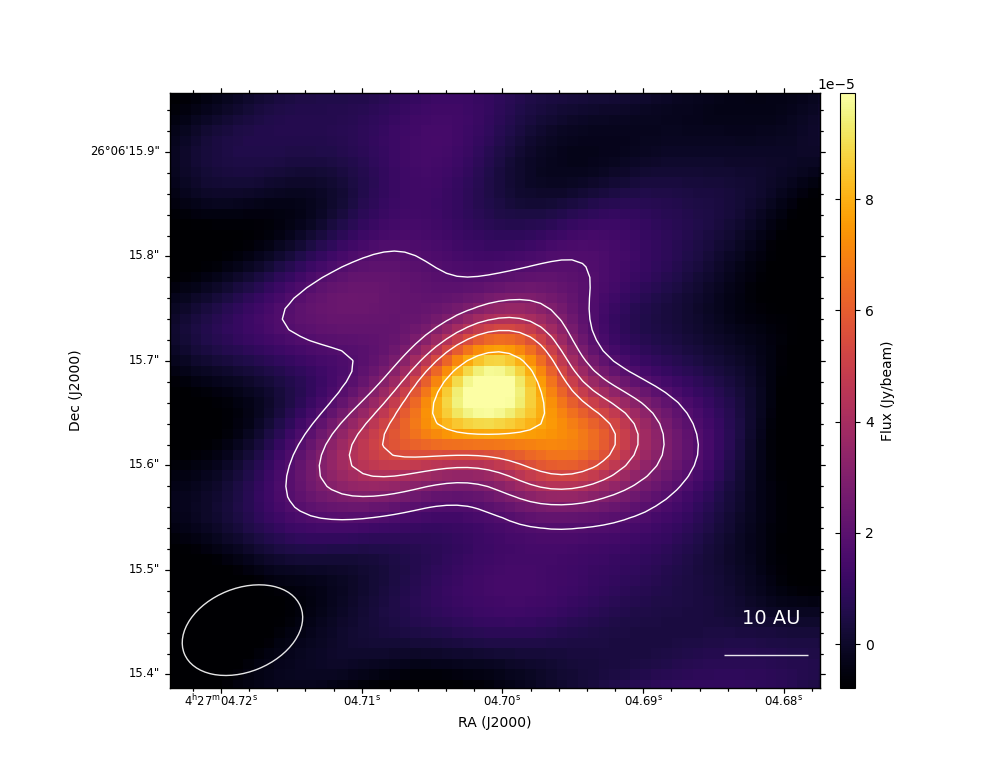 The National Aeronautics and Space Administration (NASA) continues to amaze space enthusiasts with its captivating images of the universe. The recent release on social media platforms by NASA’s James Webb Telescope introduced “mind-blowing” pictures of spiral galaxies near the Milky Way. These images were captured by the Physics at High Angular resolution in Nearby GalaxieS (PHANGS) project, which involves several significant astronomical observatories. The pictures of spiral galaxies offer a detailed insight into star formation and the structure and evolution of galaxies, presenting a captivating story about the star formation cycle. The captured images, produced by the JWST’s Mid-Infrared Instrument (MIRI), depict bright orange dust lanes and evolving stars within their gas and dust envelopes. The closest galaxy in the pictures is about 15 million light-years away from Earth, while the furthest one is approximately 60 million light-years away.
The National Aeronautics and Space Administration (NASA) continues to amaze space enthusiasts with its captivating images of the universe. The recent release on social media platforms by NASA’s James Webb Telescope introduced “mind-blowing” pictures of spiral galaxies near the Milky Way. These images were captured by the Physics at High Angular resolution in Nearby GalaxieS (PHANGS) project, which involves several significant astronomical observatories. The pictures of spiral galaxies offer a detailed insight into star formation and the structure and evolution of galaxies, presenting a captivating story about the star formation cycle. The captured images, produced by the JWST’s Mid-Infrared Instrument (MIRI), depict bright orange dust lanes and evolving stars within their gas and dust envelopes. The closest galaxy in the pictures is about 15 million light-years away from Earth, while the furthest one is approximately 60 million light-years away. These images also reveal that galaxies grow from their core outwards, indicating that star formation originates in the center of the galaxy and spreads outward through its spiral arms. The observations suggest that younger stars are more likely to be found farther from the galaxy’s core, while older stars are concentrated near the centers of galaxies.
These images also reveal that galaxies grow from their core outwards, indicating that star formation originates in the center of the galaxy and spreads outward through its spiral arms. The observations suggest that younger stars are more likely to be found farther from the galaxy’s core, while older stars are concentrated near the centers of galaxies. Janice Lee, the project scientist for strategic initiatives at the Space Telescope Science Institute in Baltimore, described the images as not only aesthetically stunning but also as a clear portrayal of the cycle of star formation and feedback. It shows the release of energy and momentum by young stars into the space between stars, indicating explosive activity and clearing of dust and gas on cluster and kiloparsec scales (approximately 3,000 light years). According to Ms. Lee, the images offer valuable insight into the dynamic process of the overall star formation cycle, making them engaging on various levels.
Janice Lee, the project scientist for strategic initiatives at the Space Telescope Science Institute in Baltimore, described the images as not only aesthetically stunning but also as a clear portrayal of the cycle of star formation and feedback. It shows the release of energy and momentum by young stars into the space between stars, indicating explosive activity and clearing of dust and gas on cluster and kiloparsec scales (approximately 3,000 light years). According to Ms. Lee, the images offer valuable insight into the dynamic process of the overall star formation cycle, making them engaging on various levels.
James Webb Telescope Shares Stunning Pics Of 19 Spiral Galaxies













